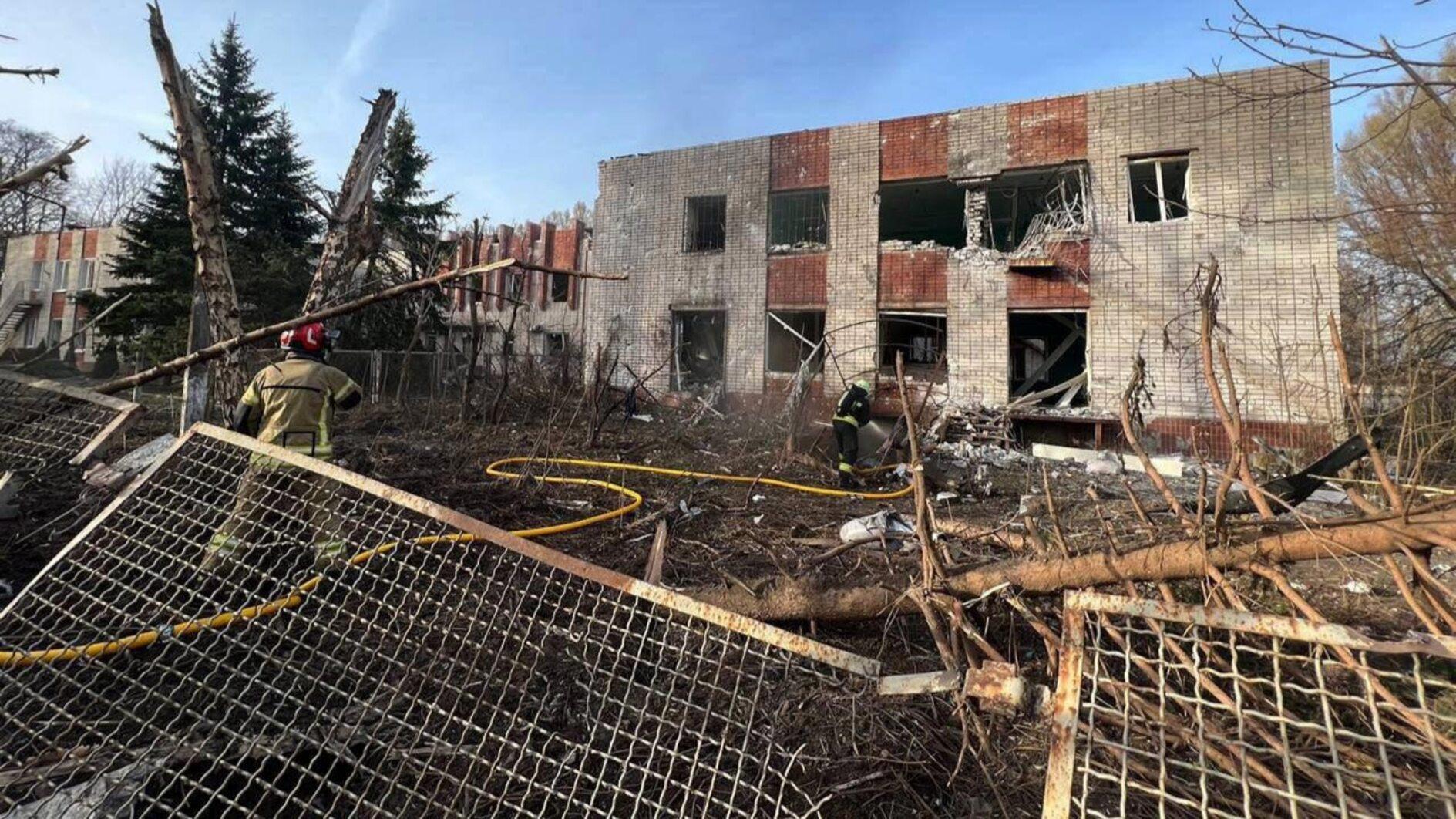Haydarpaşa Station exhibit arrives in Vienna
VIENNA

The exhibtion suggests that railway stations serve an essential function; increasing mobility and linking people and places in an almost seamless fashion.
Within the scope of a project for the preservation of Istanbul’s historic Haydarpaşa Railway Station, the city last year hosted an exhibition featuring the works of 16 Turkish and foreign artists on railway stations.The second leg of the exhibition, titled “From the Bosphorus to the Danube: Past, Present, Uncertain Future,” opened yesterday at Vienna’s Steiner Gallery. The exhibition, curated by Suzie Pilon and Michael Werbowski, is organized by the Haydarpaşa Preservation Board.
The show marks a cultural event that seeks to raise awareness both in Turkey and internationally about the plight of the great yet endangered (by privatization and neglect) public space. Canadian and Turkish artists, printmakers and photographers are taking part in the show, which aims to collect funds for the Haydarpaşa Station Preservation Project, which - under the auspices of the World Monuments Fund - has been instrumental in advocating for the station’s preservation and restoration.
The theme of the exhibition is to show how art work can be integrated within a public space. It also wishes to demonstrate how the site itself can serve as a meeting and gathering place for the citizenry, while also remaining a fully functional transportation hub and a viable cultural venue.
Information on railway stations
According to the press release, railways stations serve an essential function; increasing mobility and linking people and places in an almost seamless fashion. The railways or train stations naturally also function as points of arrival and departure, and give us a fleeting feeling of “temporary permanence.”
They serve as a bridge between time and space, frontier, and metropolis, inwardness and remoteness, foreign and domestic territory. They are a location meant to be there, or where our diverging and diverse destinies can meet and exchange timeless narratives.
The railways and their transportation hubs such as the classic, modern, or postmodern railway terminals are inalterable or where temporality is only a train timetable. Hence, the railway station is the central locus for exchange; or where we re-invent ourselves in an eternal process of renewal, mutual discovery and constant mobility. This is what makes stations such as Haydarpaşa so vital to our everyday lives and existence.
“From the Bosphorus to the Danube: Past, Present, Uncertain Future” can be seen until Oct. 20.
Haydarpaşa Railway Station
Built by the German-owned Anatolian-Baghdad Railway and designed by architects Otto Ritter and Helmuth Conu, the historic Haydarpaşa Railway Station is an iconic landmark in Istanbul and a symbolic gateway to the city, on its Asian coastline. In January 2012 the station closed to allow for the construction of a high-speed rail line between Istanbul and Ankara. Planning for transportation in the greater region, development of the area around the station is still in its formative stages, and the future use of the station has yet to be determined.
















